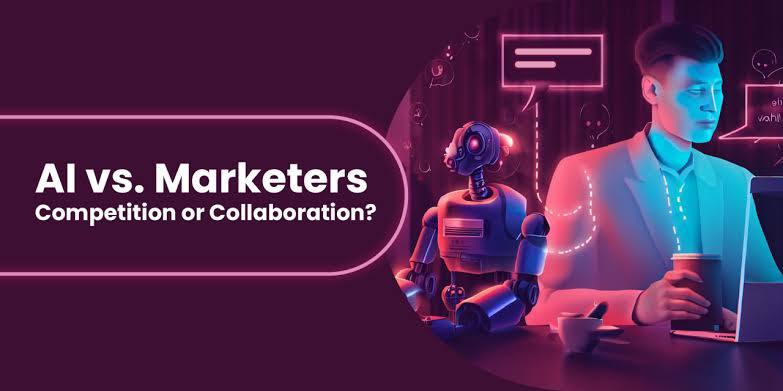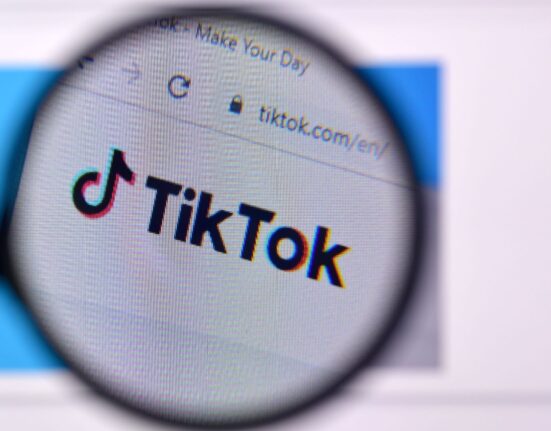In today’s marketing landscape, most teams rely heavily on specialists. In small businesses, one person might handle all digital marketing tasks, from social media management to SEO and paid ads. However, as businesses grow, so does the need for specialization. In larger companies, separate teams often manage social media, SEO, content creation, and paid ads, with even more specialized roles emerging at the enterprise level, such as distinct positions for paid and organic social media, or even for each social platform.
However, the most significant shift in marketing roles is on the horizon. This shift will see a blending of these specialized roles into one comprehensive “creative technologist” position. As AI technology advances, it will increasingly assist in the entire process of creating and launching content, streamlining tasks that were once handled by multiple specialists.
The Shift Toward Unified AI-Powered Platforms
Today, numerous tools automate specific aspects of the marketing process. But the future holds something even more transformative: a unified platform that combines these tasks into one seamless system. Rather than juggling separate tools for newsletters, graphics, and deployment, marketers will soon have access to a single AI-driven platform that handles it all. Imagine an AI solution like ChatGPT 5, which could integrate video, voice, images, search, and text creation, enabling marketers to produce a wide range of content—text, audio, visuals—within one platform.
Yet, simply acquiring the latest AI tools won’t suffice. Marketers must carefully consider how these technologies fit into their existing teams and processes. Without proper planning, the integration of AI could lead to significant challenges.
The Importance of Adapting Workflows to AI🌟
Workflows are the backbone of any marketing operation. They encompass the tasks involved in content creation, quality checks, and revisions, ensuring that everything runs smoothly from concept to execution. As AI begins to handle more aspects of marketing, teams will need to adapt their workflows to maintain high standards of quality and collaboration.
To assess AI’s impact on workflows, marketers can use a technique called process mapping. This method breaks down each step in a process, much like a detailed navigation system, highlighting what happens at each stage.
For instance, think about the process of transforming a blog post into a newsletter and sending it out. A process map would detail every step in this workflow, even those that aren’t automated yet.
This mapping process also reveals the critical roles that different team members play in creating, reviewing, and distributing marketing content. Each person’s contribution is vital to ensuring that the marketing asset reaches the customer as intended. There are also hidden steps, such as editorial and brand standard checks performed by team members like Lacy and John, and the final review by Sue. These steps, unveiled through process mapping, must be factored in when implementing AI solutions.
Embracing AI in Marketing Work Management
Many marketers are already familiar with automation tools that trigger messages during drip campaigns. Typically, these tools use a visual, no-code interface that allows marketers to program workflows with ease. For more complex integrations, those with low-code skills handle the advanced setup, configuring data and email automation, while others, like John in this example, use graphic editing software without needing any coding skills.
With AI, the role of the creative technologist will evolve to include working with both no-code and low-code tools to automate a larger portion of the marketing process. Visual workflow builders will enable marketers to create custom workflows, such as turning a blog post into social media posts, generating images, and distributing them across various platforms.
However, maintaining quality checks and adherence to brand guidelines can be challenging in these automated workflows. Some systems address this by adding an approval step, where a person must review and approve the AI-generated content before it moves to the next stage. Even as AI takes on more tasks, marketers must ensure that the content it produces aligns with the brand’s voice and standards.











Leave feedback about this